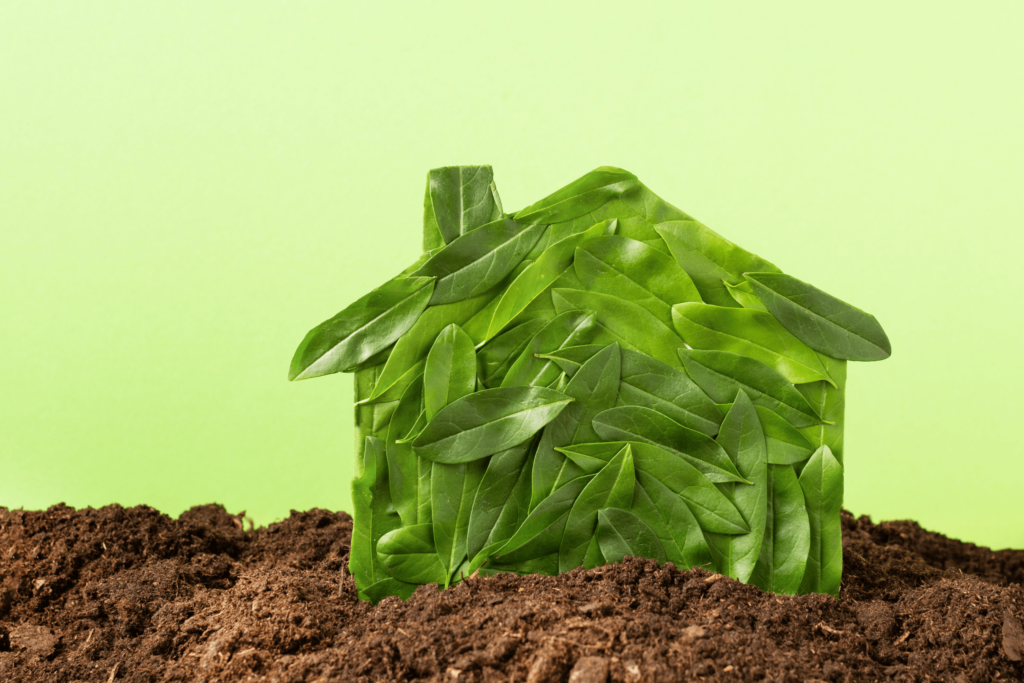
Eco-Friendly Architecture: Designing for a Greener Tomorrow
With technological advances moving as quick as they are, every industry is constantly evolving. This is especially true with many of us now more environmentally conscious than ever before. Over the last few years, we have played a part in lots of eco-friendly architecture projects and it’s safe to say they’re a firm favourite among our team! This being said, there are more elements to consider than you may at first think…
4 Considerations for Truly Sustainable Architecture Project
Eco-friendly architecture goes much further than being mindful of the materials being used. Below are 4 areas of consideration you may have overlooked…
Wildlife
When building a new property, be it for commercial or domestic purposes, wildlife needs to be a key consideration. With so many species now becoming close to extinction as a direct result of construction, carrying out the necessary checks is not only a legal requirement, but will also help to sustain our ecosystems.
Hedgehogs, great crested newts, otters, and water voles are just a few examples of animals that are all in danger of becoming extinct here in the UK. This is vastly due to climate change, but construction also has a negative effect if not carried out responsibly.
Transportation
It’s all very well sourcing sustainable materials, but you also need to consider the environmental impact of transportation too. Purchasing components locally can help you to reduce the carbon footprint of your next construction project. It’s aways good to support local businesses where possible!
If you do need to purchase materials from further afield, make sure to research how these companies are giving back to the environment. For example, are they using electric vehicles for delivery to limit harmful emissions?
Longevity
We all know that the production and disposal of materials like plastic is bad for the planet. Eco-friendly architecture goes beyond just sourcing materials sustainably, however. You also need to consider the longevity of these components. For example, insulation is a key element of any construction project and there are plenty of options to choose from in this day and age. Sheep wool is an increasingly popular choice as it can last for up to 60 years. Typical, less sustainable insulation material lasts for a fraction of this time, with a full replacement recommended every 15-25 years.
Waste Reduction
Although it may be more cost effective to buy materials in bulk, it’s important that you avoid over ordering for your upcoming project. Buying too much of a particular material will lead to higher levels of unnecessary waste. Not only is this a burden for you to dispose of, but it’s also a burden on our planet’s health.
It’s inevitable that at the end of any production project, you will likely have some element of waste no matter how much you try to reduce this. In these cases, you should look at ways you can recycle or dispose of this sustainably. If you can’t utilise the leftover materials within another project, why not consider selling them?
Contact Our Eco-friendly Architecture Practice
Looking for a team of RIBA qualified specialists to help with your upcoming eco-friendly architecture project? We’d love to help! For more information about working with us in 2024, get in touch by clicking here.
